 Nooh Al-shaghnobi sits on the rubble of his home in Gaza. Photo: Nooh Al-shaghnobi
Nooh Al-shaghnobi sits on the rubble of his home in Gaza. Photo: Nooh Al-shaghnobi For Gaza’s 2 million survivors, the word “ceasefire” no longer sounds like peace; it sounds like a trick of language, another fragile pause between massacres. After two years of genocide that erased entire families, neighborhoods, and futures, many in Gaza met this fragile truce not with celebration but disbelief, exhaustion, and fear. One Palestinian described the current moment as a “pause between two pains”: the horror they lived through and the uncertainty that has followed.
I spoke with six people from Gaza — a filmmaker, a photojournalist, an architect, a former spokesperson for the Gaza Municipality, a civil worker, and a survivor — who offer a piercing look into what it means to first live through a genocide and then to try to live through its aftermath. Their words reveal a haunting truth: The war may have paused, but it doesn’t feel truly over.
“No Triumph in Surviving”
Hala Asfour, a 24-year-old filmmaker and photographer, said her initial reaction to the ceasefire was pure disbelief. “I didn’t feel joy,” she says. “Just this heavy, oppressive feeling, like my heart couldn’t absorb what had happened. I feel a great void. Even a week later, I still see the war everywhere: in people’s faces, in the children, in the echo of planes and drones that will never leave my memory.” For Asfour, this ceasefire is a pause, not peace. She calls it a “pause between two pains,” the agony of the genocide they endured and the suffering that continues in its aftermath.
“I still see the war everywhere: in people’s faces, in the children, in the echo of planes and drones.”
Fear is now part of her body, she says, and escaping it seems impossible. “Fear is something I breathe. It’s inside me. Every loud sound, every plane, every buzz — it takes me back to that first explosion of the war. Safety? I don’t feel it at all,” she says. She thinks this ceasefire is a pause that feels like the calm before the storm. She and the people of Gaza lived through many truces before, only to have new, more devastating attacks follow.
 Hala Asfour and her fiancé, Mohammad Salama, who was killed in an Israeli airstrike. Photo: Mohammad Salama
Hala Asfour and her fiancé, Mohammad Salama, who was killed in an Israeli airstrike. Photo: Mohammad Salama For Hala, the war stole much more than homes. It stole her life, herself, her friends, her colleagues, the familiar streets, and everything that looked like her. Hala also lost her fiancé, the Palestinian journalist Mohammad Salama, an Al Jazeera camera operator, in a “double-tap” Israeli strike on Nasser Hospital in Khan Younis, southern Gaza, on August 25, 2025, that also killed five other journalists.
“My wish now is to have one normal day.”
“What I miss most is reassurance,” she says. “The simple feeling of waking up and knowing where your day will go. My wish now is to have one normal day.” This genocide shattered Hala into fragments: a girl who once dreamed and a woman who now struggles to survive.
In Gaza, living becomes the harder choice, more complicated than death itself. “There’s no triumph in surviving. It’s a different kind of pain,” Hala reflects. “You wake up every day carrying the guilt of still being alive when others—people you loved—are gone and didn’t make it till the end. We survived to tell their stories, to honor them, but survival isn’t a privilege.” Slowly, she is learning to breathe again. “Life feels fragmented, but with each child’s laugh, with every sunrise piercing the ruins, we inch toward the possibility of breathing—just a little. Not because we are OK, but because we have to try,” she says.
“I Take More Photos Now Than During the War Itself”
For Anas Zayed Fteiha, a 31-year-old photojournalist with Anadolu Agency, the ceasefire has meant returning to work to document the aftermath of destruction. (Fteiha is currently pursuing legal action against the global publishing company Axel Springer, which he has accused of violating his constitutional rights after one of its tabloids in Germany accused him of being a propagandist for Hamas.)
“The war has not really ended,” he says, noting the breaches in the truce and the ongoing human cost for those left behind. “For mothers who lost their children, for those who lost limbs, for families left homeless—the war never stopped.” But there is a paradoxical relief in the pause. “I feel relief, but fear persists,” Fteiha says. “There’s comfort in not hearing the explosions daily, but the trauma is not gone.”
 What was once Anas Zayed Fteiha’s home before the war. Photo: Anas Zayed Fteiha
What was once Anas Zayed Fteiha’s home before the war. Photo: Anas Zayed Fteiha The people who lost their homes and have nowhere to go are what still haunts Anas after the ceasefire. “This genocide stole many friends and colleagues — and my home, the house I grew up in. Our lives have shattered. Gaza is no longer a livable place,” he says. “Sometimes we envy the martyrs who were killed — they’ve survived the pain and suffering we now face.”
“Gaza is no longer a livable place.”
Even as the ceasefire seems to hold, his work is intensifying, and his camera keeps clicking, capturing shots of survival and grief. The rubble and the lives scattered among it demand documentation. “I take more photos now than during the war itself. There are so many stories that must be told,” he says.
The experience has reshaped his understanding of journalism. “I thought journalism was protected. I thought journalists were respected. In Gaza, I learned the hard truth: Our work is sacred, but we are not protected. We witness, and we are vulnerable,” Anas says.
“We’re Living in a City of Ghosts”
Nooh Al-shaghnobi, 24, a civil defense worker, witnessed the war from the front lines of rescue operations. “I didn’t believe the ceasefire at first,” he says. “Even now, there are breaches and attacks on the so-called ‘yellow zones’ the army designated, and we are still pulling bodies from the rubble. Thousands of bodies remain under the rubble — around 10,000 people. The war didn’t really stop; it just began a new phase.”
“We work with shovels, hammers, and basic tools. To remove one body can take a whole day.”
Al-shaghnobi stayed in Gaza City, on duty, and refused to leave with his family to the south as two years of genocide stretched on, and now, Al-shaghnobi describes the recovery work as grueling and deeply traumatic. With limited equipment, each recovery is a struggle. “We work with shovels, hammers, and basic tools. To remove one body can take a whole day. And the smell, the sight of decomposed remains, skeletons, skulls, bones — it is impossible to forget. We’re living in a city of ghosts,” he says.
 Nooh Al-shaghnobi with his friend Saleh Aljafarawi, left, a journalist who was killed after the ceasefire was announced. Photo: Nooh Al-shaghnobi
Nooh Al-shaghnobi with his friend Saleh Aljafarawi, left, a journalist who was killed after the ceasefire was announced. Photo: Nooh Al-shaghnobi Faith and resilience, he says, have been reshaped. “I saw miracles, and I survived each time the Civil Defense team was directly targeted while many of my colleagues were killed. That changed me. But our dreams, our lives, everything is fragile. Any moment, it can vanish,” he says.
“The war didn’t really stop; it just began a new phase.”
Al-shaghnobi’s work makes him confront mortality every day. “Honestly, those who died are the ones who really survived. Yet for those of us who survived, it’s like living in a body without a soul. The war took our loved ones, our homes, and our hope. We’ve learned to live numb. We’ve witnessed so much death and destruction that it has become part of our daily life,” he says.
Even in moments of gratitude, there is also pain. Al-shaghnobi recalled the shock of losing his close friend, the journalist Saleh Aljafarawi, just days after the ceasefire was announced: “We celebrated surviving the massacre, only to see him killed. That’s the reality here — the ceasefire is never complete. The danger never ends.”
“Joy and Fear Mixed Together”
Sara Bsaiso, 32, a human resources manager, echoed this mixture of relief and lingering terror. “When I heard about the ceasefire, it felt like just another headline. We’ve heard about ceasefires before. They never lasted. We didn’t believe this one would either. Only when the bombing truly stops will we believe the war has ended,” she says.
After her family was forced to repeatedly flee south in March 2024 and returned north in February 2025, only to flee again before this most recent ceasefire, Bsaiso carries the exhaustion of displacement. Survival now means facing a new battle: “Sometimes I think those who were killed might be in a better place than us — because what lies ahead is another kind of war: rebuilding from nothing, living without homes, jobs, or normal life.”
 Hossam Bsaiso, Sara’s brother, after his release from Israeli prison. Photo: Sara Bsaiso
Hossam Bsaiso, Sara’s brother, after his release from Israeli prison. Photo: Sara Bsaiso She reflects on what the war stole. “It took our sense of time, safety, stability, normalcy, minds, lives, homes, jobs,” and, for a time, her brother. Hossam, 36, was imprisoned for over a year in Israeli prisons. She describes the moment when her family found out her brother would be released. “When we saw his name on the list of released prisoners, joy and fear mixed together. We were terrified it might change at the last minute. When we finally saw him before us, safe — it felt like a dream. That was our greatest wish throughout the war,” she says.
“Now we cherish the smallest things: a meal, a bed, a roof over our heads. It’s changed how we think about life and what we prioritize,” she says. Her words capture the quiet appreciation for life in the shadow of destruction. Even as she rebuilds her life, fear lingers, an invisible shadow that no ceasefire can erase. “We survived,” she says, “but the next war could come at any moment.” Despite everything, Sara is trying to find a sense of normalcy. “We must try to breathe again, no matter how much pain we’ve endured. We were born for a reason, and we have to start over with determination and bring life back again,” Bsaiso says.
“All We Can Do Now Is Wait and Pray”
For Walaa Shublaq, a 29-year-old architect and visual artist, the announcement of a ceasefire brought a feeling she hadn’t known in years — a fragile, fleeting joy.
But in the days that followed, the silence was unbearable. The war replayed endlessly in her mind: scene after scene, sound after sound. While the world celebrated, she felt only anger and exhaustion. “I couldn’t even respond to messages of congratulations,” she says. “I was angry — at everyone who could have stopped this bloodshed but didn’t.” For Shublaq, survival has been a burden. It meant abandoning everything and everyone she loved just to stay alive, running from one death to another. “Sometimes we envied the martyrs,” she says. “They had completed their test. But for us who survived, the test continues.”
“I found a kind of freedom — from illusion, from attachment.”
The genocide robbed her not just of her home, but also her sense of self. Her grandmother, her friends, her art, her dreams — all gone. “Now, I no longer mourn the material things I lost; I mourn their meaning,” she says. But amid all that loss, something shifted. “I found a kind of freedom — from illusion, from attachment. I learned that emptiness can only be filled with light,” she says. Among the ruins, she rediscovered fragments of her past, including the signed contract for her first book.
Shublaq still remembers images of the genocide: barefoot children chasing water carts, smoke from wood-fire ovens choking the air, overcrowded donkey carts, and the constant hum of Israeli drones. Now, she wants to forever forget the faces of soldiers, the tanks, and the nights she ran barefoot through the streets to escape death.
As part of the ceasefire deal, more than 1,700 Palestinian prisoners were released from Israeli prisons in October; among them were two of Shublaq’s brothers, Anas and Abdullah. They had been imprisoned for one year and eight months, enduring brutal physical and psychological torture. Another of her brothers, Omar, remains captive. “When my phone rang that night and I heard, ‘Walaa? It’s Anas — your brother,’ I broke down in tears,’ she says. “On that day, we waited for my brothers for long hours from the day till we finally met at night at 9 p.m. in absolute darkness. The reunion was bittersweet — joy shadowed by the absence of our third brother.”
“They came back older, heavier with time, but still radiant with life,” she says. When asked about the future, she hesitates. “I’ve lost the ability and the desire to plan,” she says. “All we can do now is wait and pray for a vast and merciful relief.”
“Our Bodies Survived, but Our Souls Didn’t”
Asem Alnabih, 35, a former spokesperson for Gaza Municipality who’s now a correspondent for Al-Araby TV, approached the ceasefire with measured skepticism. “There is no safety,” he says. “The city is still in crisis: water shortages, blocked streets, broken sewage systems. Even after the ceasefire, people are living in a state of collapse, and they are struggling for basic services.” People in Gaza often say, ‘After the war comes another war.’ This is the reality now.
 Asem Alnabih, right, and his friend Dr. Refaat Alareer, left, who was later killed in a Dec. 7, 2023, Israeli airstrike. Photo: Asem Alnabih
Asem Alnabih, right, and his friend Dr. Refaat Alareer, left, who was later killed in a Dec. 7, 2023, Israeli airstrike. Photo: Asem Alnabih “The city is still in crisis: water shortages, blocked streets, broken sewage systems.”
Like Al-shaghnobi, Alnabih stayed in Gaza City, never moving to the south. “I slept in a car, a park, a building basement, municipal facilities, friends’ homes, and even with strangers. Displacement became part of daily life,” he says. He describes what home means to him: a place where his family could sit together peacefully, coos, laugh, and feel safe.
For Alnabih, the war has meant the loss of relatives, friends, and normalcy. “It took my closeness to my wife and children — I’ve been separated from them since before the war; they were abroad. It took my nephew Ahmed, my niece Rasha, and my brother-in-law Motaz. It took my dear friend Dr. Refaat Alareer, one of the brightest souls I knew. It left me surrounded by loss, loneliness, and grief.”
He describes survival as a “delayed death.” “Maybe our bodies survived, but our souls didn’t,” he says. Like all the people of Gaza, Asem’s dreams have become so simple: a peaceful night’s sleep, a meal without fear, and a meeting not torn apart by a bombing. “But my deeper dream is that our sacrifices finally lead to something — that we live free, in our own land, with dignity,” he continued. “Peace is only possible when Palestinians receive their full rights.”
“Peace is only possible when Palestinians receive their full rights.”
The ceasefire may have silenced the bombs, but it has not ended the war — not the one inside people, nor the one against their right to exist. In Gaza, peace is not the sound of quiet skies; it is the dream of justice that remains deferred.
Every survivor now carries the weight of survival, not as triumph, but as testimony. They live among ruins, haunted by what was taken and what could return at any moment. But even here, between grief and persistence, they reach for the smallest signs of life: a child’s laughter, a brother returned home, or the morning sun rising over broken walls.

 German (DE)
German (DE)  English (US)
English (US)  Spanish (ES)
Spanish (ES)  French (FR)
French (FR)  Hindi (IN)
Hindi (IN)  Italian (IT)
Italian (IT)  Portuguese (BR)
Portuguese (BR)  Russian (RU)
Russian (RU) 
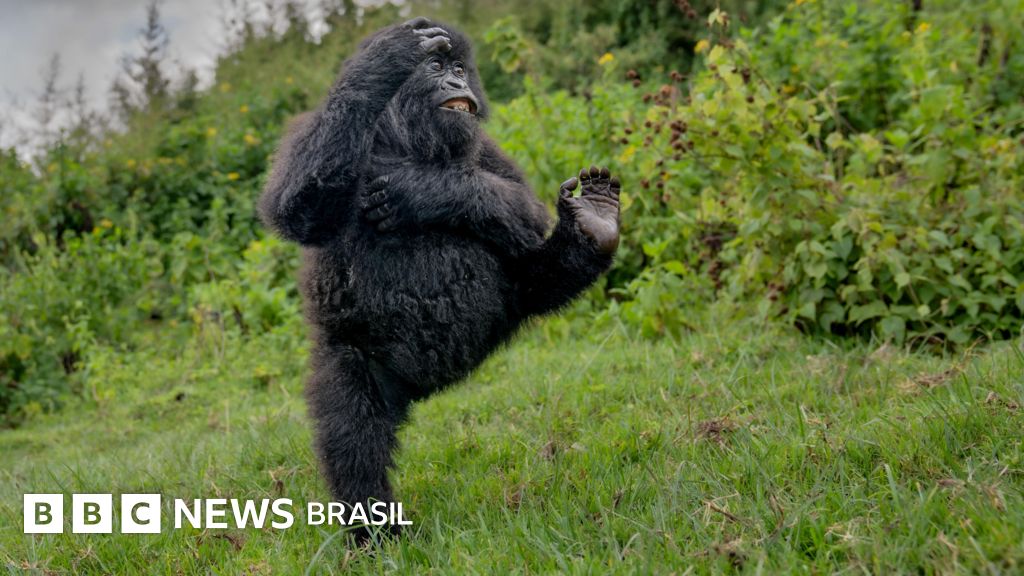


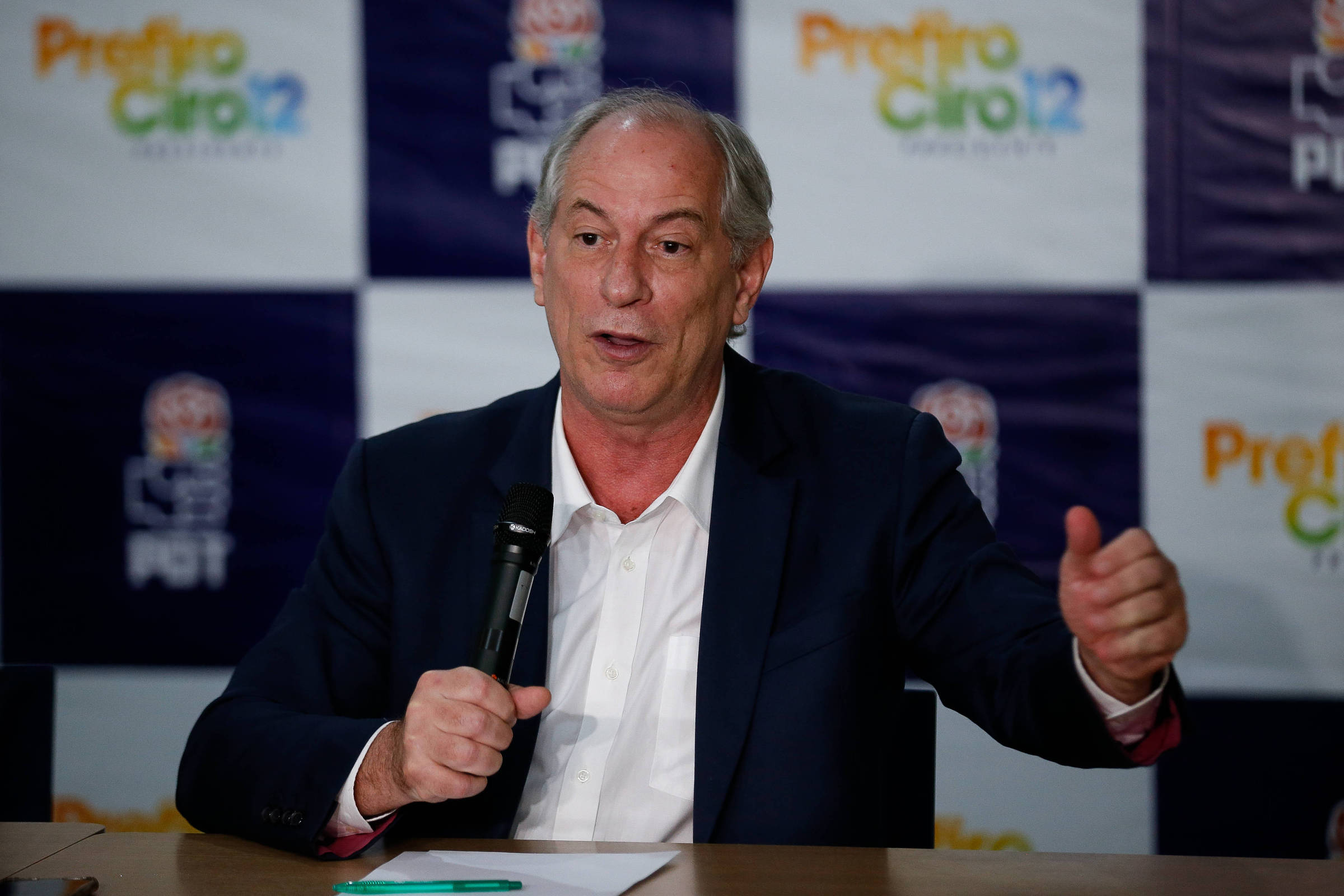
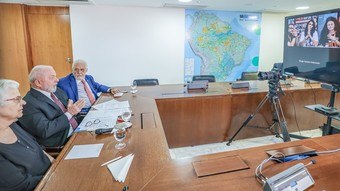
:strip_icc()/i.s3.glbimg.com/v1/AUTH_59edd422c0c84a879bd37670ae4f538a/internal_photos/bs/2023/l/g/UvNZinRh2puy1SCdeg8w/cb1b14f2-970b-4f5c-a175-75a6c34ef729.jpg)
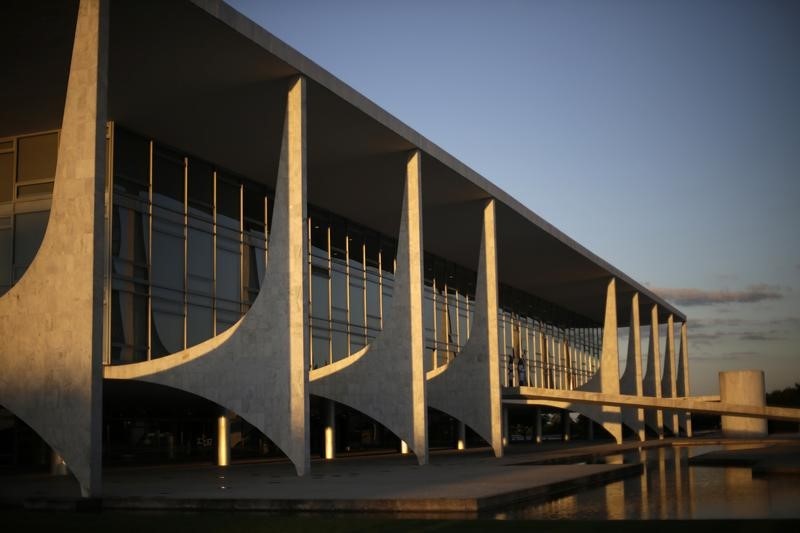

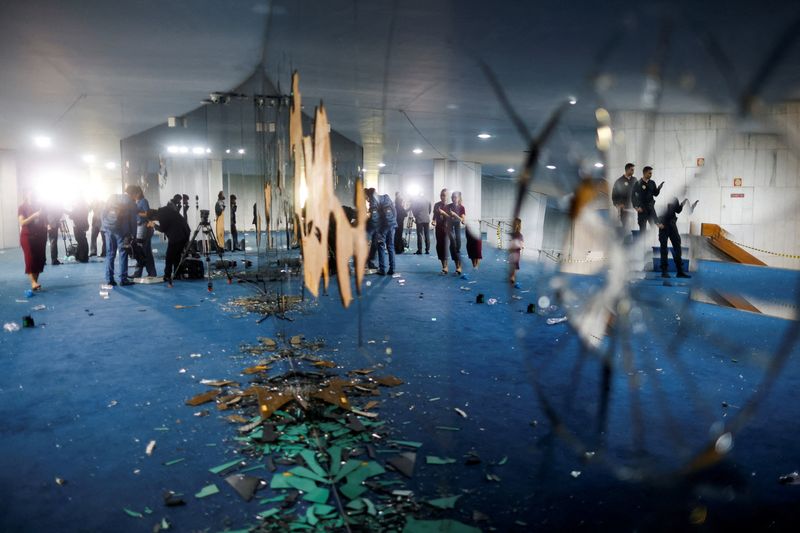
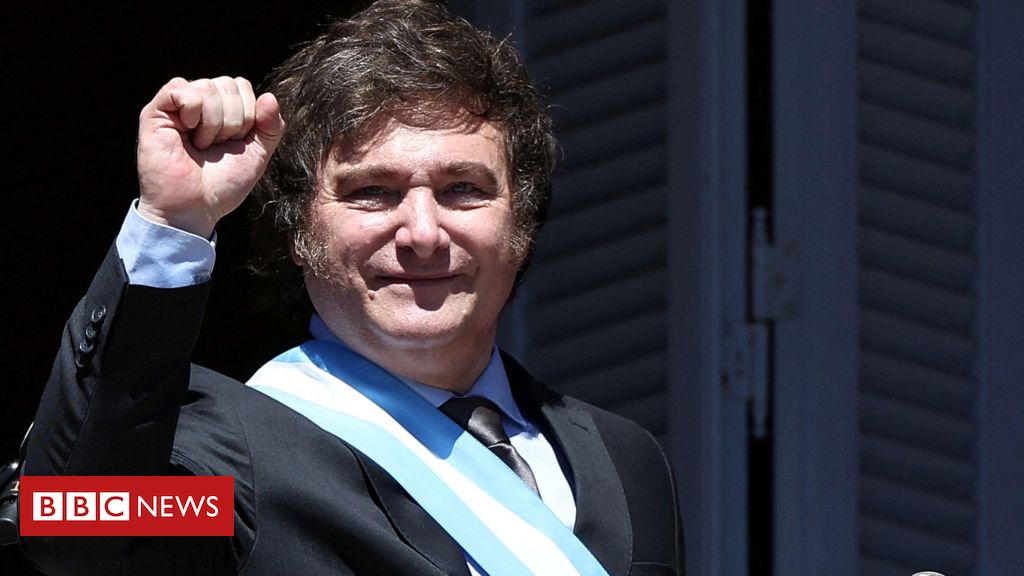


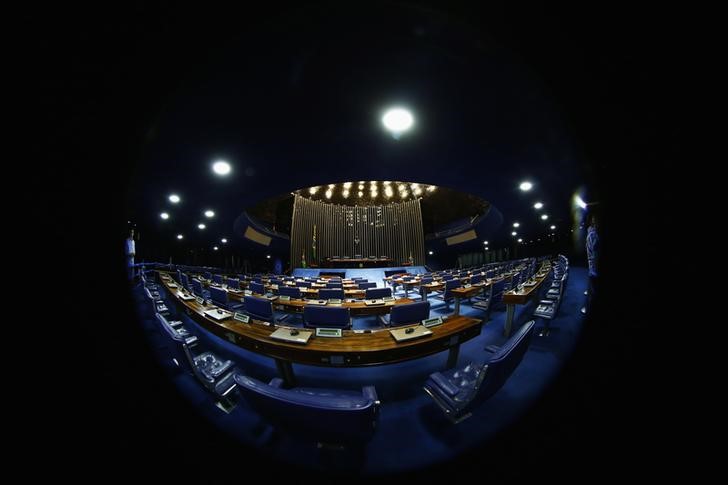


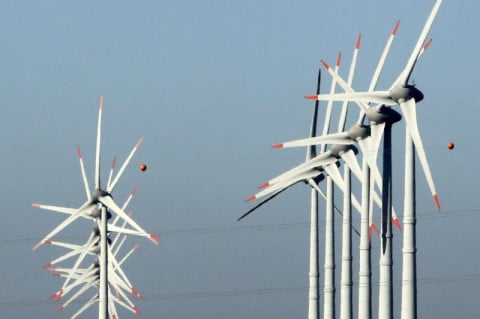
Comentários
Aproveite ao máximo as notícias fazendo login
Entrar Registro